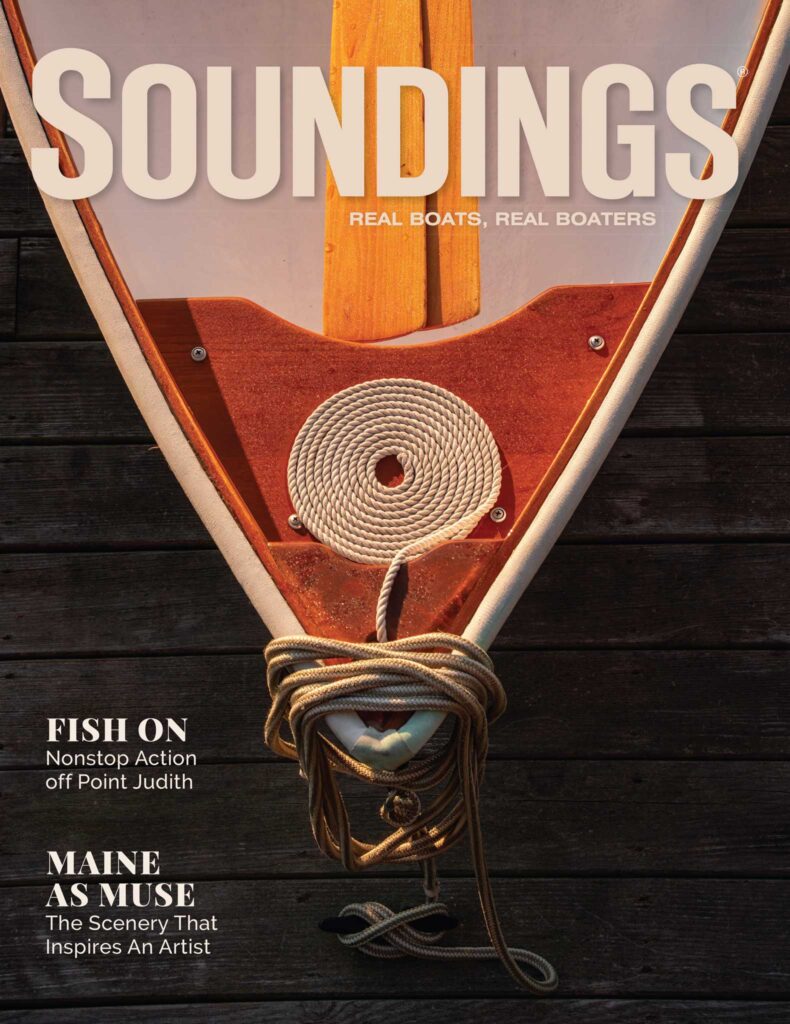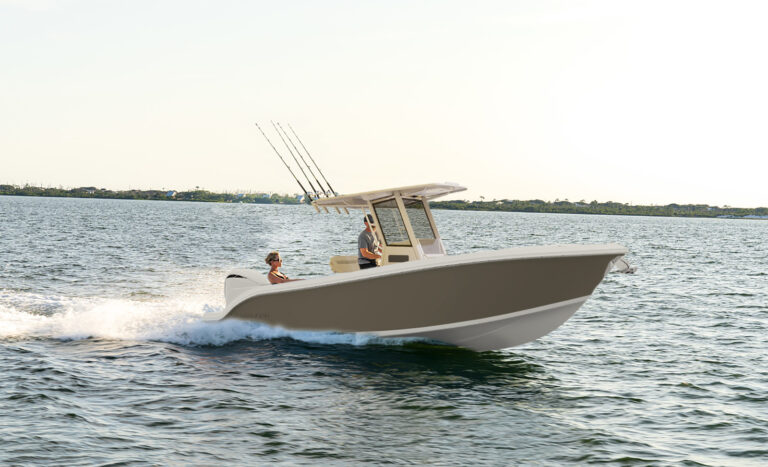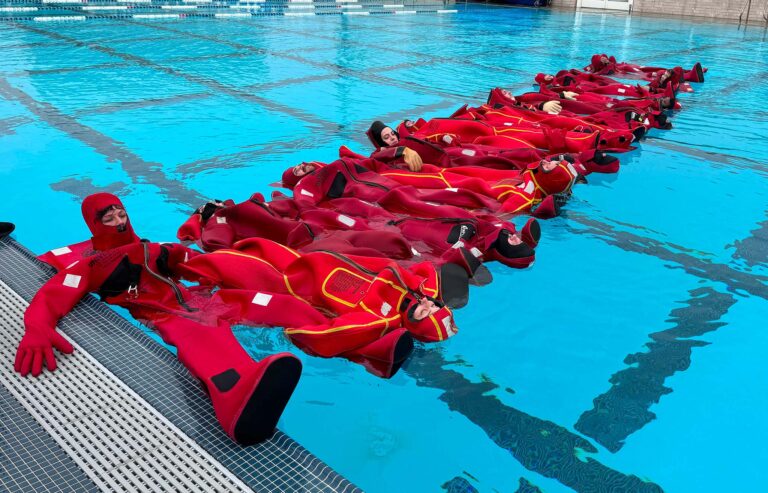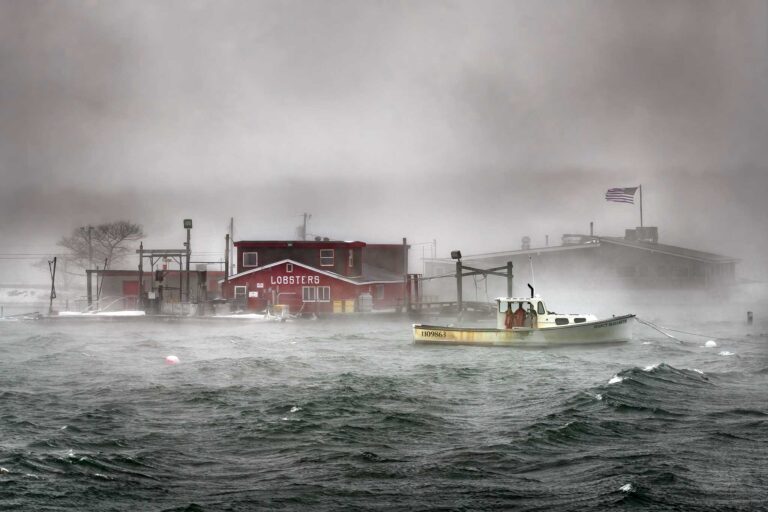Good preparation and the right equipment help a Florida woman who was separated from her boat
Good preparation and the right equipment help a Florida woman who was separated from her boat
Vickie Drebing doesn’t like the dark, but while floating offshore at night alone for nearly six hours, she was confident she would be rescued.
The 47-year-old diver was confident because she was wearing a dive suit to keep her warm in the 72-degree water, and a buoyancy control device for flotation. She had just bought a personal locator beacon to alert the Coast Guard in an emergency, and she was carrying an underwater camera with a strobe flash visible miles away.
“This is a success story, not a failure,” says Drebing.
It is a story of safety gear working together with camera equipment in an emergency to help save a life. Drebing says it confirms for her that carrying safety equipment, a PLB or EPIRB especially, is vital. “If you go offshore, you never know. You never know what’s going to happen,” she says.
Drebing, of Ellenton, Fla., and her friend Joe (who asked that his last name not be used) had been diving April 9 on a reef in the Gulf of Mexico, 10 miles off Bradenton. Avid anglers who often go 90 to 100 miles offshore to fish, the couple anchored their 27-foot Contender, Sea Drive, over the reef so they could test their dive equipment in the 50-foot depths in anticipation of a trip to the Bahamas. They were having a blast. “It was a lot of fun snooping around,” says Drebing. “We fish a lot there, and we were looking for weights we’d lost.”
The current was unusually strong that afternoon, so they swam against it the entire time they were down, figuring they would wind up on the far side of the boat and could drift down on it. “I think the ascent and descent got us,” says Drebing. When they surfaced at about 4 p.m. they were a half-mile down-current from Sea Drive. They tried to swim for it, but together they couldn’t make headway. Joe, a former lifeguard and the stronger swimmer, decided to make his way to the boat alone, then come back and pick up Drebing. But after two or so hours of swimming, he was still about a quarter-mile away. “He never reached the boat,” Drebing says.
She doesn’t know quite what to make of what happened next. A “mystery boater” found Joe, picked him up and delivered him to Sea Drive. The good Samaritan refused to call the Coast Guard on the VHF, made several passes to search for Drebing, then drove away. Meanwhile, Joe had tried to radio the Coast Guard, but his VHF apparently couldn’t make contact.
Realizing it was getting dark shortly before 7 p.m., he activated the ACR AquaFix (www.acrelectronics.com) the couple had bought six weeks earlier at the Miami International Boat Show. At 6:58 p.m., the emergency signal — containing the user’s GPS coordinates and owner identifier — reached the satellite, and two minutes later the Air Force Rescue Coordination Center in Langley received a signal relay from the satellite. The initial signal didn’t have the location, but by 7:01 p.m., the AquaFix had a GPS fix and sent the location to the satellite, which relayed it a minute later to the Air Force rescue center and the Coast Guard in Miami.
Drebing says she had registered the PLB with the owner name and two contacts to call to check if the boat was overdue. The Coast Guard called both contacts but got no answer, so it went ahead and launched a 41-foot utility boat from station Cortez.
Meanwhile, Joe had begun to search for Drebing. Alternately kicking and floating, she had continued to drift and now was two miles from the boat, bobbing in 2- to 4-foot seas. Joe couldn’t find her in the deepening dusk.
At 8:10 p.m., by now dark, the 41-footer found Sea Drive, and shortly thereafter the Coast Guard began its search.
“I do not like the darkness,” Drebing says, “so I focused on what light I could see and tried to ignore everything else. … I knew help was on the way, and I had a strobe to signal them where I was.”
When she saw the rescuers’ flashing green-blue light a couple miles away, she started flashing her strobe. She flashed it 20 or 30 times and led them to her.
Thankful they had bought the AquaFix and carried it with them on the boat, Drebing says they’ve added one more item to their safety checklist. “We’ve changed the rules,” she says. “We will no longer dive without someone being in the boat.”










